1. Rose Gardens
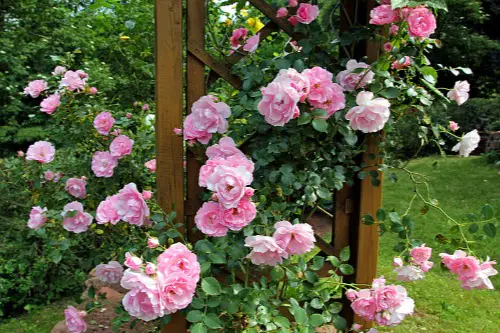
A rose garden takes planning, patience, and constant care. Roses have been associated with refinement for centuries, appearing in manor gardens and Victorian estates. A homeowner who cultivates them is signaling tradition and discernment. Roses are not casual plants—they demand commitment.
Their blooms are fleeting, which makes them all the more treasured. Old-money families often treat gardening as an art form, not a chore. Roses exemplify that philosophy, as they require pruning, soil work, and dedication. They embody beauty through discipline.
2. Ivy-Covered Walls
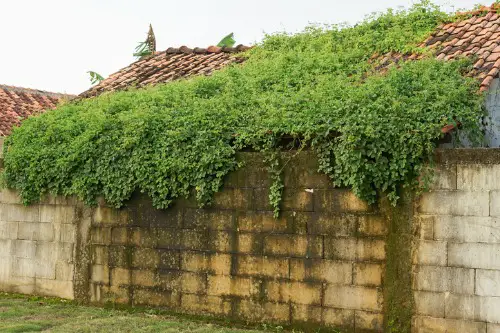
Climbing ivy on stone or brick instantly calls to mind university campuses and English manors. Ivy became a hallmark of older homes because it took years to grow, making it a visible marker of patience and permanence. Homeowners with deep roots let nature slowly work its way into the architecture. It’s not something you can rush.
Of course, ivy can damage mortar if unmanaged, which is why it’s often seen on properties where upkeep is a given. A carefully tended ivy-covered wall looks effortless but actually requires regular trimming. That balance of natural wildness and controlled elegance reflects the old-money aesthetic. It’s classic rather than trendy.
3. Wrought-Iron Gates
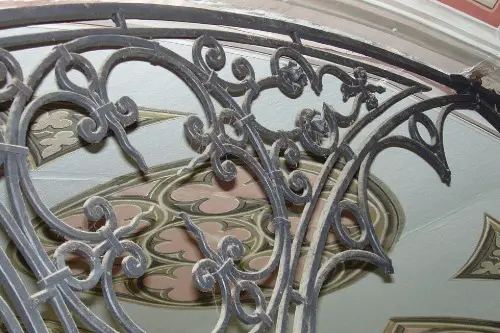
Wrought-iron gates have protected stately homes since the 17th century. They were originally expensive to produce, requiring skilled blacksmithing. As a result, they were a status symbol as well as a practical barrier. When you see them, you immediately think of tradition and refinement.
Even smaller properties that use wrought iron tend to feel more established. The material lasts for generations if cared for properly, another nod to longevity. Painted black or left with a patina, they add gravitas without showiness. That durability and timeless look are exactly why old-money families favor them.
4. Boxwood Hedges
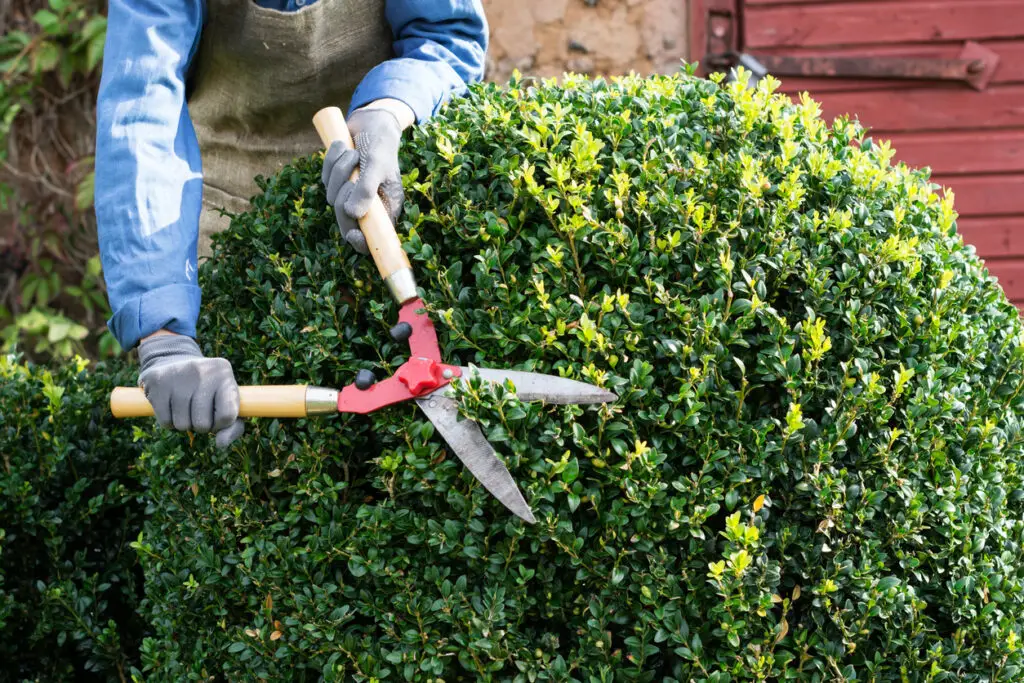
Perfectly clipped boxwood hedges have been the backbone of formal gardens for centuries. They were especially popular in European estates and carried over to American colonial homes. Their tight, evergreen foliage allows for crisp lines and geometric designs. They suggest order, restraint, and careful stewardship of the land.
Because they grow slowly, boxwoods symbolize patience and permanence. A sprawling hedge doesn’t happen overnight, and it usually requires gardeners to maintain. That kind of upkeep has long been associated with wealth. It’s elegance expressed through discipline rather than extravagance.
5. Stone Pathways
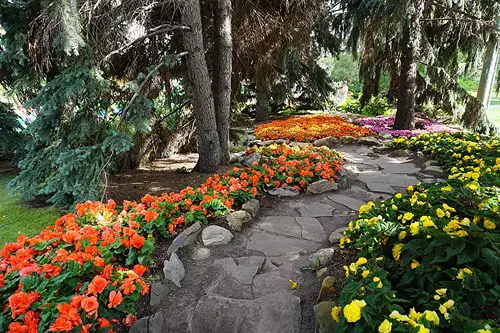
Natural stone walkways are a quiet signal of age and stability. Unlike poured concrete, they suggest a time before mass production. Each piece of stone is unique, fitted together in a way that lasts decades. Over time, moss and weathering give them even more character.
The choice of stone over synthetic material reflects a preference for craftsmanship. Old-money properties often inherited these paths, while new owners sometimes install them to capture that heritage look. They suggest continuity, as if the ground has been walked for generations. The patina of use is part of the charm.
6. Copper Lanterns
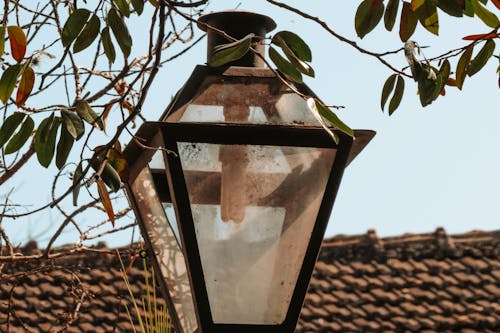
Outdoor copper lanterns, whether gas or electric, are an instant giveaway of a refined home. Over time, copper develops a green patina, which can’t be faked. That aged look signals tradition and permanence. Unlike cheap aluminum fixtures, they feel like heirlooms.
They’re not chosen for convenience—they’re chosen for character. The warm glow of a copper lantern feels timeless, harkening back to colonial streets. They remind you of a world where aesthetics and durability mattered more than trends. That’s exactly the message old money wants to send.
7. Fountain or Birdbath

A modest fountain or stone birdbath signals a love of nature paired with refinement. Historically, fountains were features of European gardens and only later appeared in American estates. They don’t serve a necessary function but are there to provide beauty and tranquility. That intentional “extra” is what sets them apart.
Even a simple birdbath in carved stone can evoke a sense of continuity. These features encourage wildlife while showing that the homeowner cares about more than utility. They’re not flashy but they elevate the space. It’s ornamentation in the most restrained way.
8. White Wooden Fencing
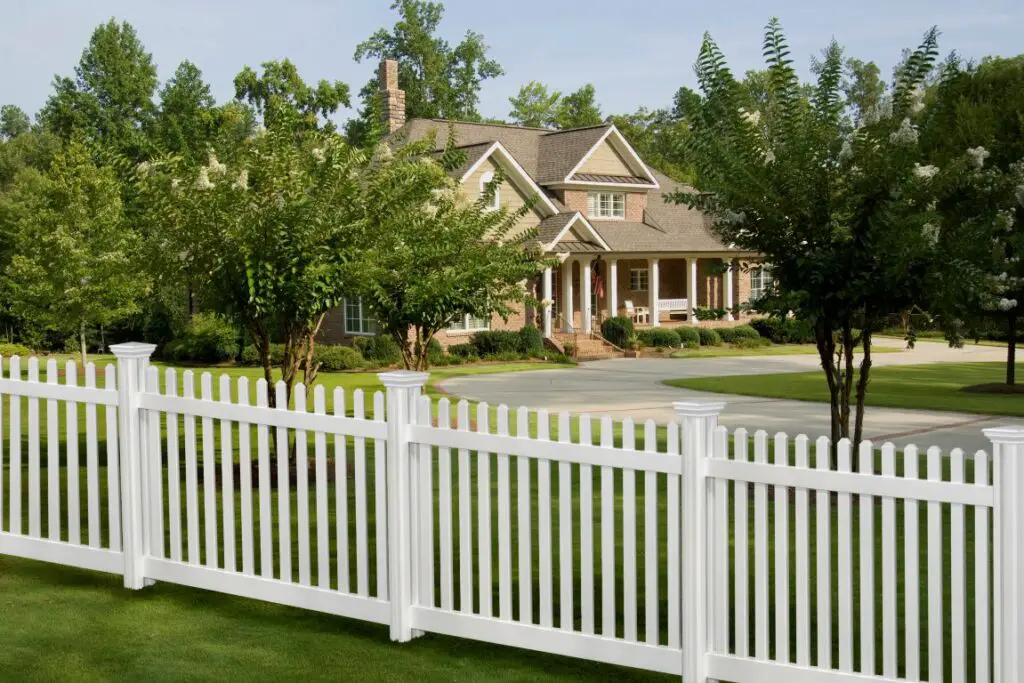
Think of the iconic white picket or post-and-rail fences surrounding old homesteads. They were practical originally, built from local wood, but they became synonymous with established families. When painted and maintained, they send a message of order and tradition. They feel timeless rather than trendy.
The upkeep of wooden fencing—painting, repairing boards—shows dedication. Old-money families often see fences as part of the property’s identity, not just a boundary. Unlike vinyl, wood weathers with age, and that imperfection adds character. It says heritage, not haste.
9. Gazebos or Pergolas

A small gazebo or pergola tucked into a garden is a classic estate detail. These structures date back to the 18th and 19th centuries, when they were popular spots for shaded leisure. They suggest time set aside for quiet enjoyment of the outdoors. That idea itself is a luxury.
The presence of such a structure is about creating atmosphere, not utility. They’re not about maximizing square footage but about enhancing beauty. Old-money sensibility often favors this kind of intentional leisure space. It’s indulgence without ostentation.
10. Tennis Courts
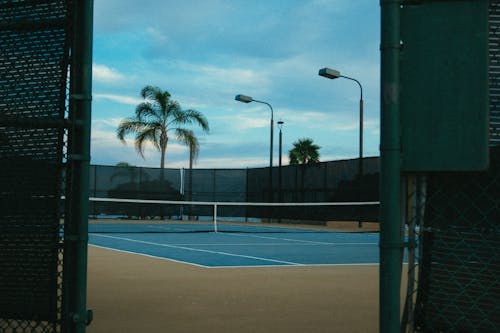
Private tennis courts began appearing on American estates in the late 1800s. The sport was imported from England and quickly became a pastime of the wealthy. Having a court signaled not only wealth but also alignment with upper-class traditions. It wasn’t about exercise—it was about lifestyle.
Even today, a well-kept tennis court feels like a nod to heritage rather than trend. Unlike a basketball hoop or pool, it’s not flashy. It quietly suggests long-term investment in recreation. It says the property has been built for generations of play.
11. Gravel Driveways
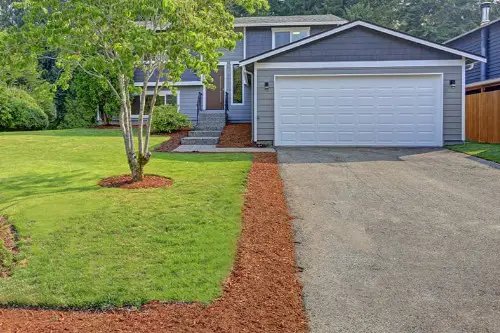
Gravel driveways immediately evoke the charm of old estates, especially those in Europe and the Northeastern U.S. Unlike asphalt or concrete, gravel has been used for centuries because it was inexpensive to lay down but required upkeep. That upkeep—raking, topping up, and re-leveling—signals that someone has the time and resources to maintain it. The crunch of tires on gravel also became associated with wealthier country homes.
Today, the look is deliberately chosen to convey understated elegance. Gravel doesn’t shout money; it whispers tradition. Many modern homeowners skip it because of the maintenance, so when you see it, you often think of heritage properties. It’s a subtle nod to old-world living.
12. Stone Walls
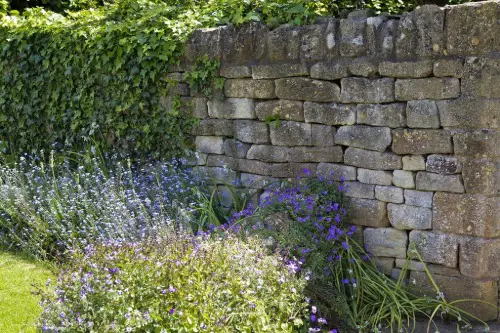
Low stacked-stone walls are a hallmark of old farms and estates. Built without mortar, they’ve stood for centuries in New England and Europe. They were originally practical—marking boundaries and keeping animals in. Today, they read as heritage features rather than purely functional.
Their endurance signals something important: these walls last longer than their builders. That permanence aligns with the old-money mindset of stewardship. They feel humble yet dignified, fitting seamlessly into the landscape. They quietly communicate history underfoot.
13. Mature Trees
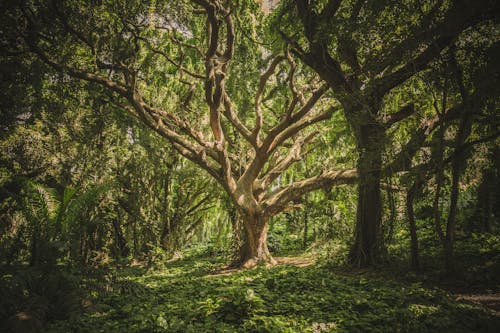
Towering oaks, maples, or elms on a property immediately suggest age. Old-money estates often boast trees that were planted by ancestors generations ago. Unlike fast-growing ornamentals, these giants take decades to reach their stature. They are living proof of continuity.
Maintaining such trees—trimming, preserving, and protecting—requires ongoing care. But the payoff is immense: shade, beauty, and a sense of legacy. To walk under a canopy of hundred-year-old trees is to feel rooted in history. That rootedness is exactly what old money projects.
14. Subdued Outdoor Lighting
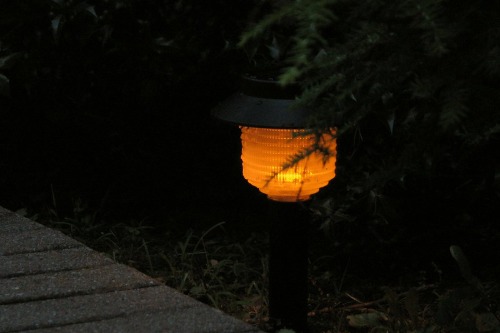
Rather than glaring floodlights, old-money homes favor soft, understated lighting. Think lantern-style fixtures, uplighting for trees, or warm glows along a path. The goal is atmosphere, not visibility from the street. It’s about elegance rather than display.
Excessive lighting often feels new-money—designed to impress rather than soothe. Subtle lighting, by contrast, shows confidence and restraint. It suggests the home doesn’t need to be showcased to feel significant. That quiet sophistication is the essence of old money.
This post 14 Small Outdoor Features That Instantly Signal “Old Money” was first published on Greenhouse Black.
